The Sahara Desert, a vast and extreme environment, stands as the largest hot desert in the world, stretching across 9.4 million square kilometers. Despite its harsh climate, it supports a surprising diversity of life.
You will be surprised with the amazing animals that manages to withtand the heat of the Sahara. You will discover them in the following sections.
Key Takeaways
Deathstalker Scorpion

The Deathstalker Scorpion, recognized as the most venomous scorpion globally, makes its home in the Sahara Desert. It possesses a potent neurotoxin capable of causing severe pain or even death.
Despite its fearsome reputation, this scorpion plays a crucial role in the desert ecosystem, controlling insect populations. It survives the extreme heat by dwelling under rocks and in burrows, emerging at night to hunt. The scorpion’s ability to conserve water and withstand high temperatures showcases its remarkable adaptation to desert life.
Fun Fact: The Deathstalker Scorpion glows a vibrant blue-green under ultraviolet light, a feature that scientists use to study them in the dark.
Saharan Silver Ant

The Saharan Silver Ant stands out for its extraordinary adaptations to extreme heat, venturing out of its nest for only 10 minutes each day during the hottest temperatures to scavenge.
Its silver hairs reflect sunlight, providing a cooling effect, and its heat resistance allows it to survive temperatures up to 70°C (158°F). This ant has evolved not just physically but also behaviorally, timing its activities to avoid predators and minimize exposure to lethal temperatures.
Fun Fact: Saharan Silver Ants are among the fastest insects in the world, moving up to 50 times their body length per second.
Saharan Cheetah
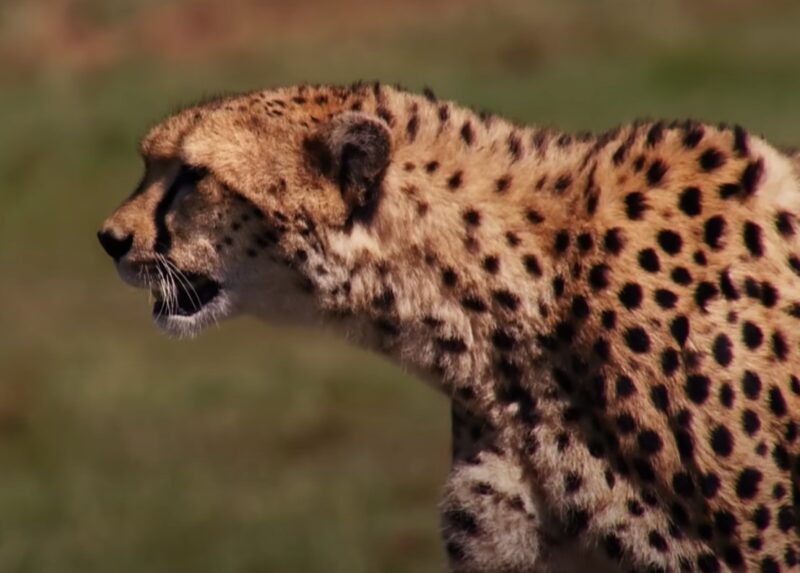
The Saharan Cheetah, a critically endangered species, exhibits remarkable adaptations for survival in the central western Sahara. With fewer than 250 individuals estimated to be left in the wild, it has a leaner body and a lighter coat compared to other cheetahs, aiding in heat dissipation.
This elusive predator specializes in hunting at dawn or dusk to avoid the extreme heat, relying on its incredible speed to catch gazelles and other prey. Conservation efforts are vital to prevent its extinction, focusing on habitat preservation and reducing human-animal conflicts.
Fun Fact: Saharan Cheetahs have less distinct spots and a lighter coat color compared to other cheetah subspecies, helping them blend into their desert surroundings.
West African Crocodile
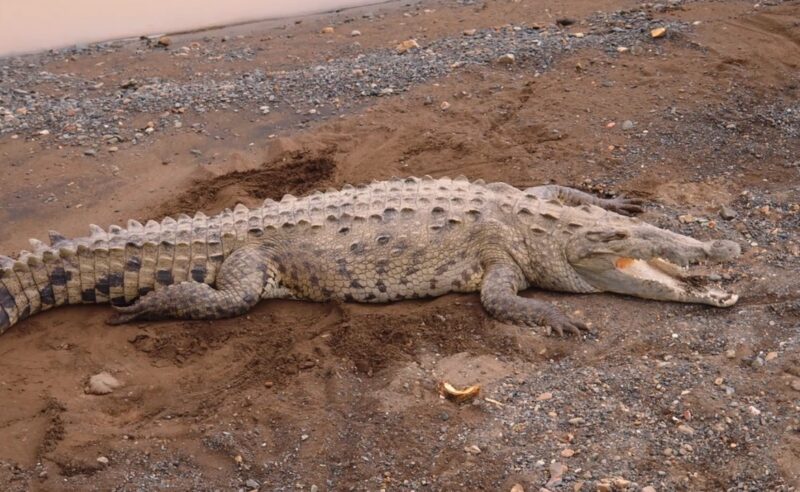
Contrary to what one might expect, the West African Crocodile resides in the Sahara Desert, utilizing caves and burrows to aestivate during dry spells. This survival strategy allows it to endure periods of drought by slowing down its metabolism.
Found in small water bodies that form in the rainy season, these crocodiles adapt to the changing availability of water, demonstrating an unexpected resilience and flexibility in such a parched environment.
Fun Fact: West African Crocodiles can survive for months without food, thanks to their ability to slow down their metabolism during dry periods.
Desert Monitor Lizard
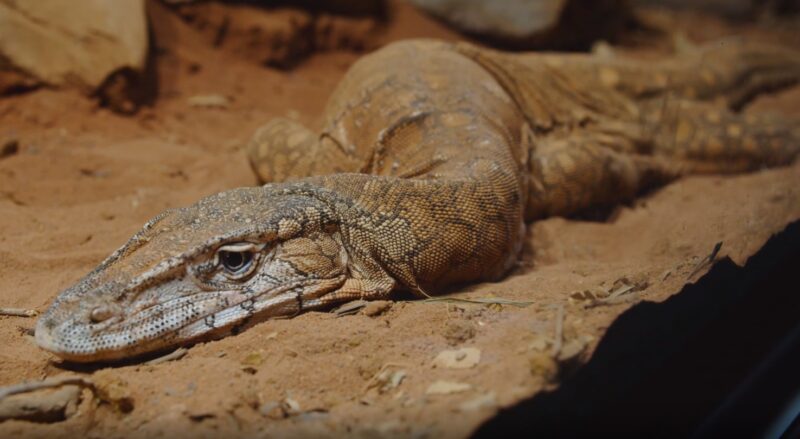
The Desert Monitor Lizard, reaching lengths of 1-2 meters, has adapted to the Sahara’s climate by hibernating during the colder months and hunting rodents and fish as primary food sources. Its large size and predatory skills make it a formidable presence in the desert.
The lizard’s ability to store fat in its tail provides nourishment during periods of scarcity, showcasing an adaptation essential for surviving the fluctuating resources of its habitat.
Fun Fact: Despite living in one of the driest environments on Earth, Desert Monitor Lizards have adapted to efficiently absorb moisture from their food, allowing them to stay hydrated without needing large sources of water.
Birds of the Sahara
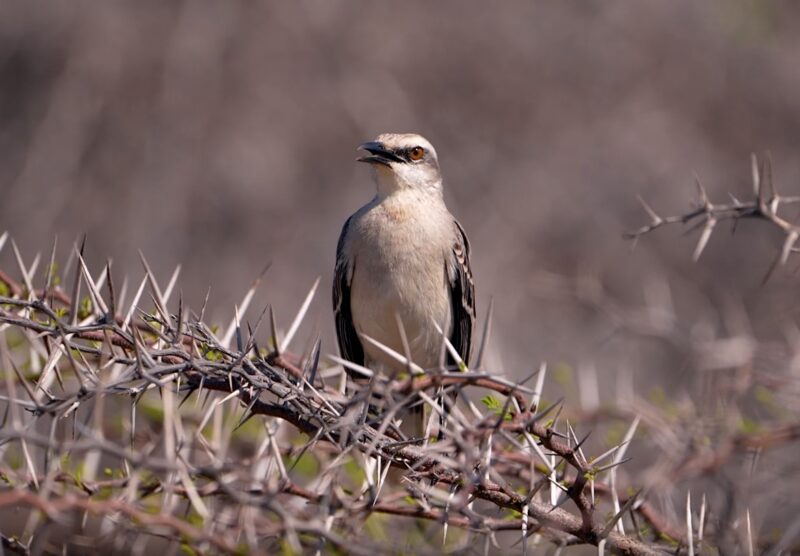
Bird species like the Black-faced Firefinch, African Silverbill, and North African Ostrich have adapted to the Sahara Desert’s harsh conditions. These birds find refuge in oases and other rare water sources, adapting their feeding and nesting behaviors to the desert’s challenges.
For example, the North African Ostrich, the world’s largest bird, has developed long legs and a powerful physique to cover vast distances in search of food and water, demonstrating remarkable endurance and resilience.
Fun Fact: The North African Ostrich’s eggs are the largest of any living bird, weighing as much as 1.4 kilograms (3 pounds).
Gazelles of the Sahara
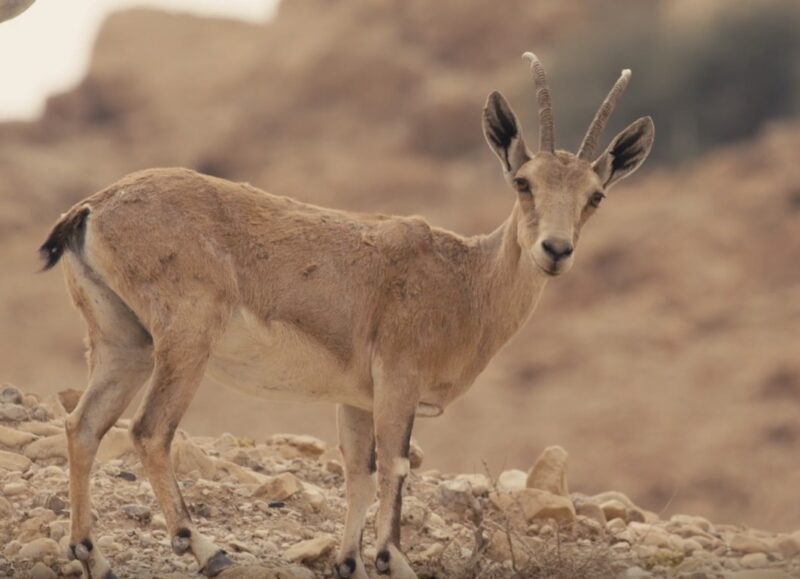
Gazelles such as the Dorcas, Rhim, and Dama inhabit the Sahara, showcasing adaptations like reduced water needs and the ability to tolerate high body temperatures.
These graceful animals feed on sparse vegetation and are crucial for maintaining the ecological balance. However, they face threats from habitat loss and hunting, highlighting the need for conservation efforts to ensure their survival in the desert ecosystem.
Fun Fact: Gazelles can survive without direct access to water by extracting moisture from the plants they eat.
Domesticated Animals of the Sahara

Dromedary Camels and Goats, initially wild, now serve as domesticated aids for the Sahara’s human inhabitants. Camels, known as the “ships of the desert,” possess adaptations such as humps for fat storage and the ability to go without water for extended periods, making them indispensable for transportation and as a source of food and clothing.
Goats, adaptable to various environments, provide milk, meat, and hides, showcasing the intertwined lives of humans and animals in adapting to the desert landscape.
Fun Fact: Dromedary Camels’ humps are filled with fat, not water, which can be metabolized into water and energy when food is scarce.
Desert Foxes
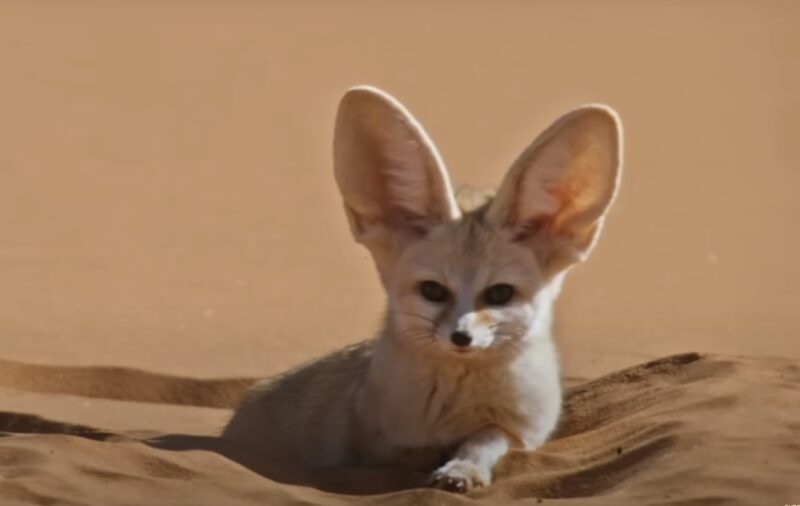
The Fennec Fox and Rüppell’s Fox thrive in the Sahara, exhibiting features like large ears for dissipating heat and thick fur on their feet to protect against hot sand. These nocturnal animals minimize water loss by being active at night and have diets that help them extract moisture from food.
Their burrowing habits offer shelter from the heat, demonstrating an intricate balance with their harsh environment.
Fun Fact: The Fennec Fox’s ears, which are the largest in proportion to its body size among all canids, help dissipate heat and listen for prey underground.
Addax Antelope
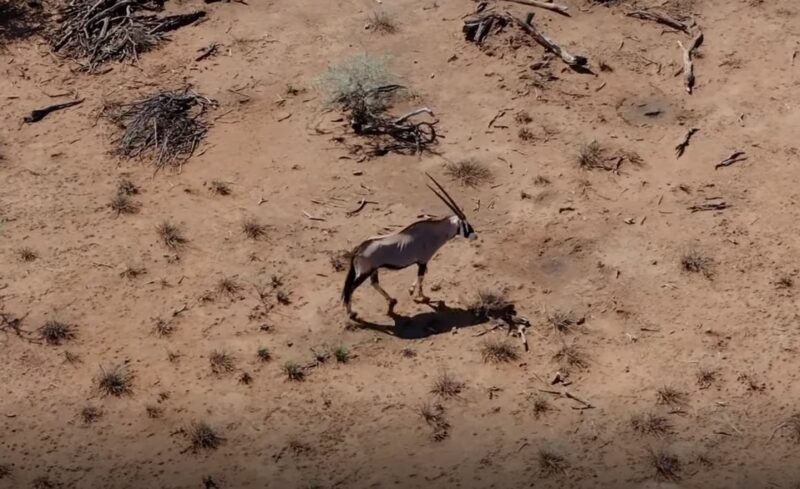
The Addax Antelope, critically endangered due to hunting, survives in the Sahara’s extremely arid conditions. It can live without direct water sources, obtaining moisture from the food it consumes.
The addax has wide hooves for walking on sand and a coat that reflects sunlight, minimizing heat absorption. Conservation programs aim to protect this species, emphasizing the importance of preserving biodiversity in extreme environments.
Fun Fact: The Addax Antelope can change the color of its coat with the seasons, turning lighter during summer to reflect the sun’s rays and darker in winter to absorb more heat.
Sand Viper

Residing within the Sahara’s expansive dunes, the Sand Viper masters the art of camouflage. Its coloration blends seamlessly with the sandy environment, making it a stealthy predator.
The viper waits patiently for prey, striking with precision when an opportunity presents itself. Its venom is both a hunting tool and a defense mechanism against potential threats.
Remarkably adapted to conserve moisture, the viper rarely needs to drink, obtaining water from its prey. This snake’s life cycle and behaviors are finely tuned to the desert’s rhythms, embodying the essence of survival in one of Earth’s most extreme habitats.
Fun Fact: Sand Vipers often use a “sidewinding” motion to move across the hot desert sand, minimizing their body’s contact with the surface to avoid overheating.
Black-faced Firefinch
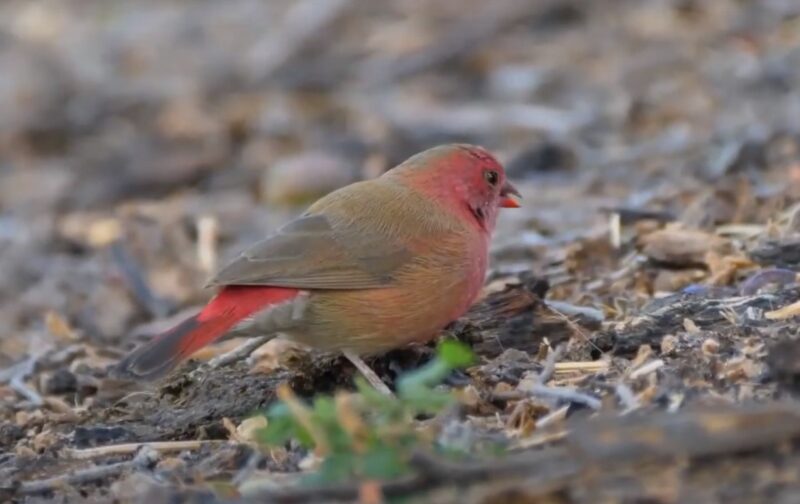
This vibrant bird adds a splash of color to the Sahara’s palette, with the Black-faced Firefinch navigating the desert’s extremes with grace. Its small size belies a tenacious spirit, with adaptations that enable it to find nourishment and shelter in a seemingly inhospitable environment.
The firefinch’s diet primarily consists of seeds, which it skillfully locates in the desert’s sparse vegetation. Social birds, they often gather in flocks around water sources, highlighting the importance of community and cooperation in the survival strategies of Sahara’s wildlife.
Fun Fact: Despite their small size, Black-faced Firefinches have a complex song that can include up to a dozen different notes.
Summary
The Sahara Desert showcases nature’s resilience, with life flourishing under extreme conditions. It serves as a reminder of the adaptability and strength of ecosystems facing adversity. Preserving such environments is crucial for sustaining biodiversity and ecological balance.
We will share other interesting articles about animals. So stay with us at afjrd.org

